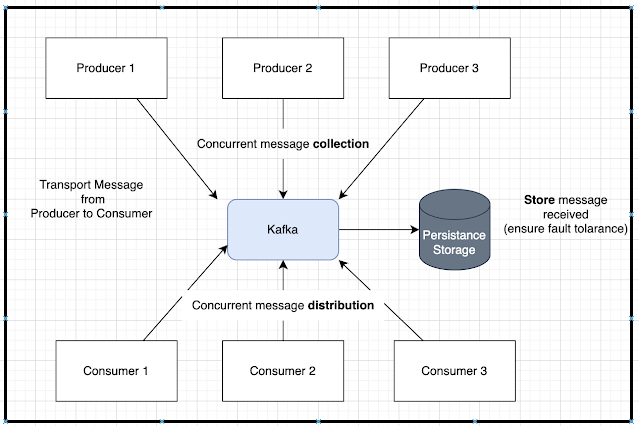Software Architecture Fundamentals - 08
🌐 Microservices, Miniservices & Reactive Systems
A simple guide to modern software architecture
Software systems today are getting bigger and more complex. To manage that complexity, developers use smart architectural patterns. Three of the most important ones are:
-
Microservices
-
Miniservices
-
Reactive (Choreographed) Systems
Let’s break them down. 👇
🧩 What Are Microservices?
Microservices are small, independent programs that work together to build a larger application.
🚀 Imagine This:
You run an online store. Instead of having one huge program to do everything, you split it up:
-
A billing service 💳
-
A warehouse service 📦
-
An email service 📧
-
A shopping cart service 🛒
Each one runs on its own, and they all talk to each other through messages or API calls.
✅ Key Features of Microservices:
-
Small & Focused: Each service handles one job.
-
Independent: Can be built, deployed, and updated separately.
-
Autonomous: Each service has its own database and doesn’t depend on others.
-
Resilient: If one fails, others still work.
🧠 Rule of thumb: You should be able to understand one microservice without needing to read documentation.
🛠️ Why Use Microservices?
-
You can update or fix one part of the system without touching the rest.
-
Perfect for agile teams that ship small changes often.
-
Ideal for scaling, as each service can run on its own server or even in different regions.
⚠️ Challenges:
-
Complex to design and manage.
-
Network errors can cause problems.
-
Monitoring is harder—each service needs to log and report its health.
🧱 What About Miniservices?
A miniservice is like a smaller version of a monolith or a bigger version of a microservice.
⚖️ The “In-Between” Approach:
-
Not as big and tangled as a monolith.
-
Not as split up as microservices.
-
Shares a common database but separates business logic into modules.
🟰 Use Case:
When you want some independence, but don’t need the full complexity of microservices.
🔄 Reactive Systems: Let the Events Flow
In traditional systems (like monoliths or some microservices), one service calls another directly and waits for it to finish.
That’s synchronous and tightly connected. If one service changes, others break. 😬
🎭 Enter Reactive Systems (Choreography)
Reactive systems are event-driven. Services don’t talk directly to each other. Instead, they just broadcast events.
🗣️ Example:
The shopping cart service says: “Order Placed!”
Then:
The email service sends a confirmation
The warehouse starts packing
The billing service charges the card
🎉 They all react to the event on their own, without the cart service needing to tell them what to do.
✅ Benefits of Reactive Systems:
-
No tight coupling – services don’t depend on each other.
-
Easier to maintain – add/remove services without changing existing ones.
-
Faster – things happen in parallel, not one by one.
🔥 Great for Both Monoliths & Microservices
Even inside a monolith, classes can use events instead of direct calls. That makes the code cleaner, more modular, and easier to change.
🧠 Quick Recap
| Pattern | What It Is | Pros | Cons |
|---|---|---|---|
| Microservices | Many tiny services working together | Independent, scalable, flexible | Complex, hard to monitor |
| Miniservices | Medium-sized modules | Less complex than microservices | Still somewhat coupled |
| Reactive Systems | Event-based communication | Decoupled, faster, flexible | Harder to debug and trace |
🎯 Final Thoughts
Choose the right pattern for your needs:
-
Start simple 🪴
-
Only move to microservices or reactive systems when your app needs it
-
Focus on independence, observability, and resilience
💬 “Microservices aren’t just tiny monoliths. They require a whole new mindset.”





Comments
Post a Comment